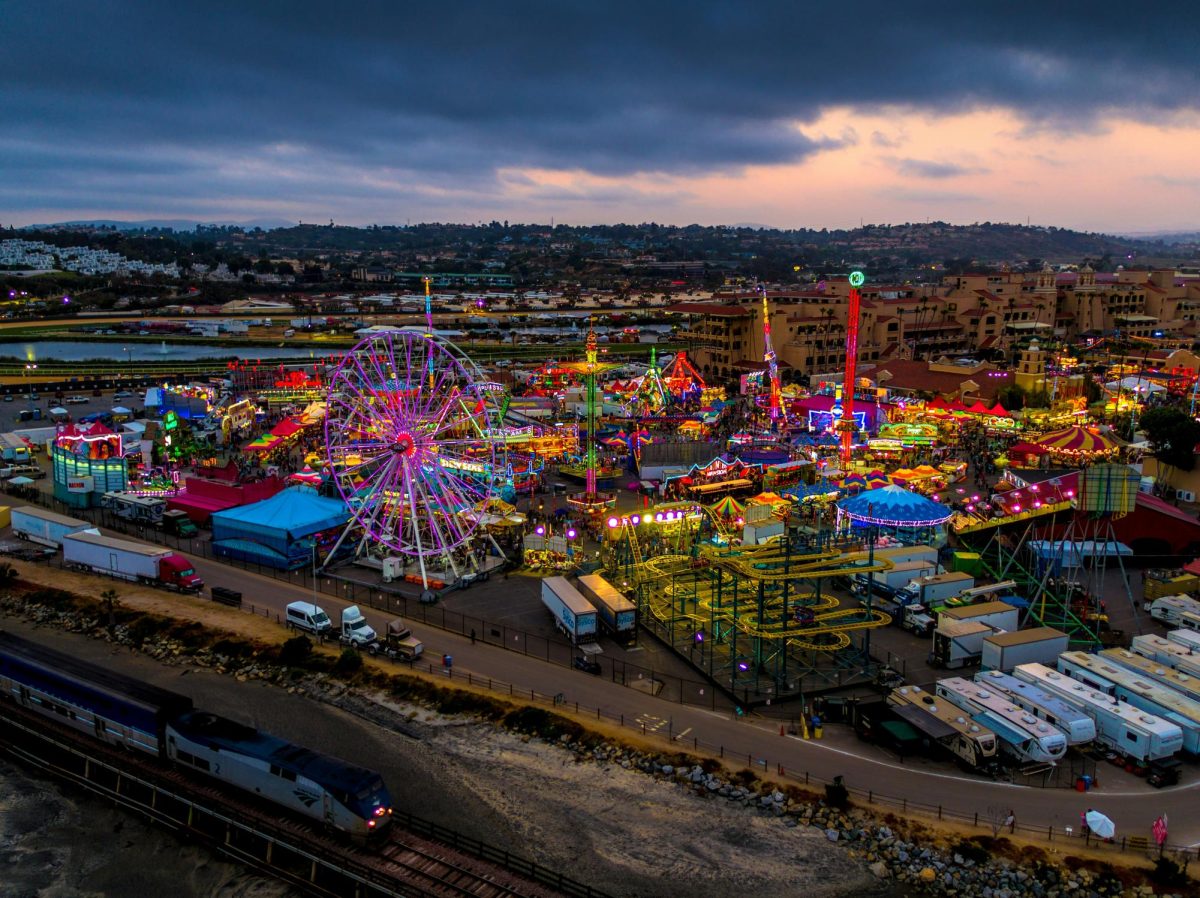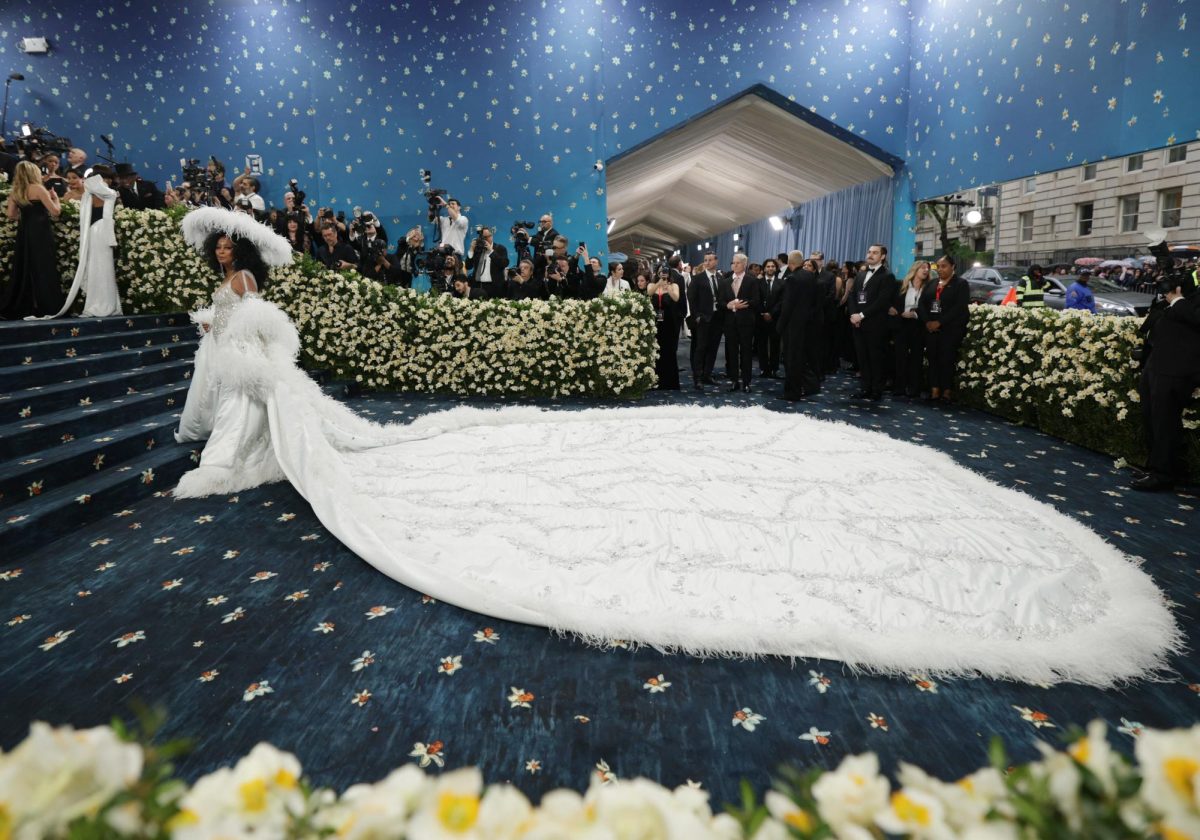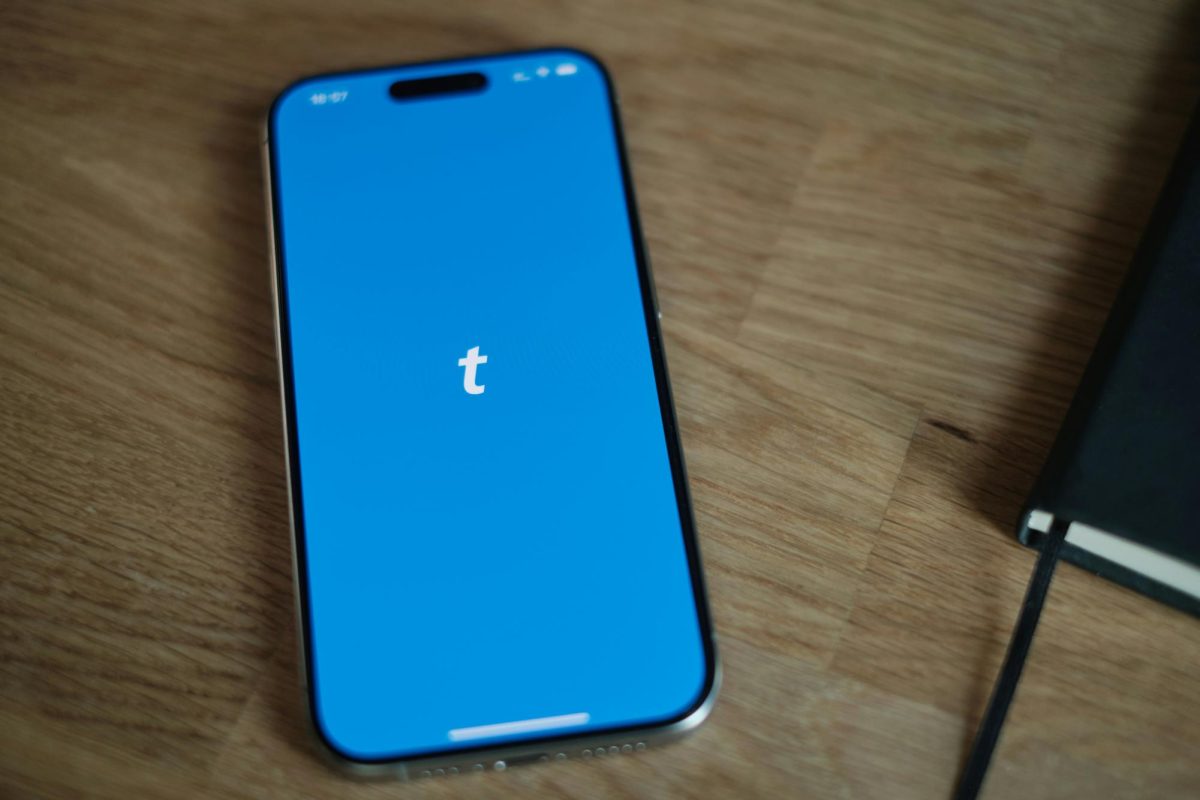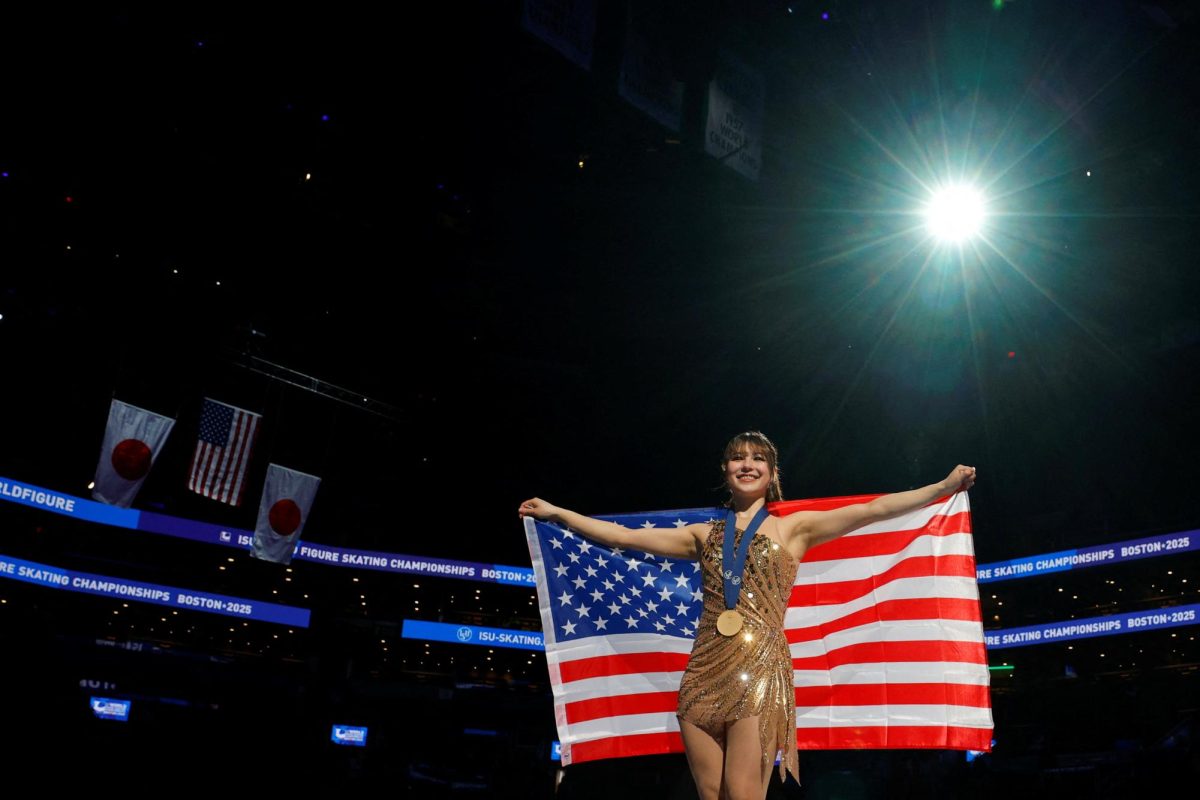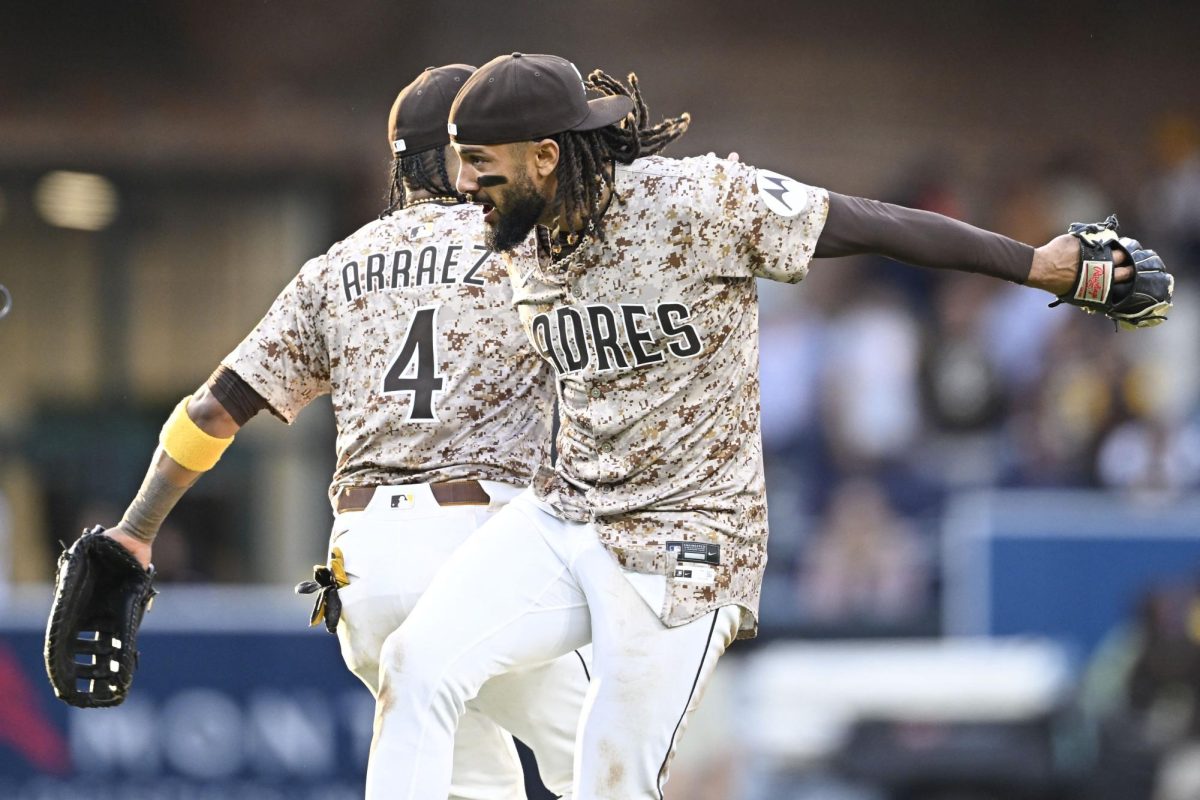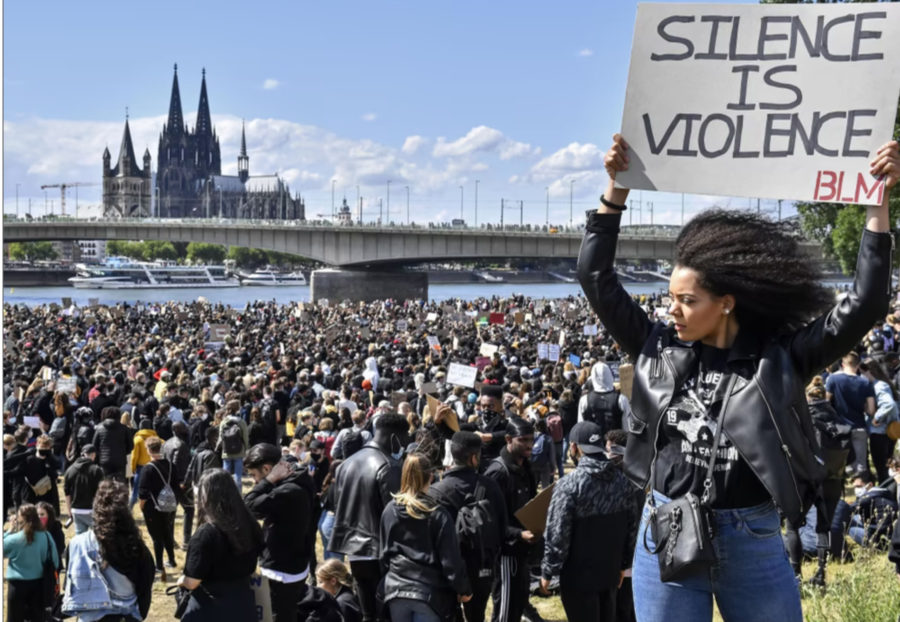Cities in the United States pay $80 Million to Repay for the Injuries Caused in 2020 Protests
Cities in the United States have agreed to pay more than $80 million in settlements to protesters injured by police during 2020 racial justice protests. Experts believe that this amount is unprecedented and will increase as many lawsuits are still ongoing.
The killing of George Floyd by Minneapolis police officers on May 25th, 2020, led to the largest demonstrations since the civil rights era, with over 26 million people protesting against racism and police brutality.
Several US cities will pay over $80 million in total to protesters who were injured during the 2020 racial justice protests. These protesters have filed dozens of civil lawsuits against law enforcement officials for injuries sustained during the protests. The injuries range from tear gas exposure to being shot with projectiles.
According to Justin Hansford, a professor at Howard University School of Law and executive director of the Thurgood Marshall Civil Rights Center, the total number of settlements is “unprecedented.”
“I have never seen a wave of settlements for police brutality like this in American history,” he said.
Thousands of people were traumatized, and some were permanently injured during the 2020 racial justice protests. Many of these individuals have filed lawsuits and have been successful in receiving settlements.
Linda Tirado, who was partially blinded after being fired on by the police while covering the protests as a journalist in Minneapolis, said “You don’t recover from something like this. That’s not a thing you do.”
Anthony Evans was shot in the jaw in Austin by police using so-called less-than-lethal ammunition during a Black Lives Matter protest in the Texas capital in 2020.
“We were never, like, cussing or yelling in their face or anything. It was all just peaceful,” Evans said.
Carol Sobel, a civil rights attorney in southern California, said that ongoing litigation in the US, which can take years to resolve, is expected to further boost the national payout total.
According to David Sobel, a civil rights attorney, “When all of these cases are concluded, it will probably be a record amount, total, paid out across the country,” and there will also be a record number of settlements.
“That’s a consequence of the fact that the outrage of the killing of George Floyd was national and was represented nationally in a way that has never occurred before,” she said.
New York, Philadelphia, Denver, Atlanta, Los Angeles, Oakland, Milwaukee, Kansas City, and Portland, Oregon, are among the at least 19 cities that have agreed to settlements so far. Many more cities are being sued coast to coast, including San Jose and Washington DC.
“There are a lot of pending cases,” said Mara Verheyden-Hilliard, executive director of the Center for Protest Law and Litigation. “I think it’s reasonable to expect that numbers will eclipse past numbers,” she said.
Mara Verheyden-Hilliard, the executive director of the Partnership for Civil Justice Fund, noted that mass settlements were paid out for police violence experienced during the Occupy Wall Street movement in 2011 and 2012 and for police using excessive force during anti-globalization protests in the early 2000s. However, the year 2020 saw an unprecedented number of settlements.
“We had millions of people flowing into the street to stand against racist police violence. And in city after city and small town after small town, law enforcement was deployed to violently repress demonstrators,” Verheyden-Hilliard said.
The exact number of people who were injured by police during the protests that followed George Floyd’s death is uncertain. The protests were triggered by a video that showed a white police officer kneeling on Floyd’s neck during an arrest, despite Floyd saying that he couldn’t breathe.
Protests spread across the United States and then internationally, leading to a renewed public discussion about systemic racism and the disproportionate killing of Black Americans by the police. Since then, cities of all sizes have paid out millions of dollars for injuries suffered by protesters. As heavily militarized police used rubber bullets, tear gas, and other methods like kettling to corral and subdue or deter protesters, many people were injured.
New York City and its police department (NYPD) will pay over $6 million to 320 protesters who were subjected to excessive force during a June 2020 protest. The protesters were zip-tied, hit with batons, and pepper-sprayed.
Henry Wood, one of the plaintiffs, stated in March that “the violence unleashed upon us that night was intentional, unwarranted, and will be with me for the rest of my life.”
“What the NYPD did, aided by the political powers of New York City, was an extreme abuse of power.”
Hundreds of Philadelphia protesters were paid a total of $9.25 million, while La Mesa, California, awarded a local woman $10 million after an officer shot her in the head with a projectile.
Cities and their respective police departments usually pay these settlements after a lengthy legal process, and the payments are conditional on the city and police department admitting no wrongdoing. However, victims still face life-changing injuries, trauma, and other burdens. Many settlement cases involve severe injuries, but many more victims never receive redress. Even people who do receive settlements face financial challenges, including high legal fees and medical debt. Settlements may not cover counseling or ongoing assistance.
Hansford explained that if you don’t receive additional funds for emotional harm, you’ll be fortunate to break even in most cases.
Hansford also mentioned that litigation has historically done little to reduce excessive force, and police departments don’t face direct financial consequences.
“They’ll pay those dollars with the knowledge that it won’t really impact them,” said Hansford.
Individual officers are also largely exempt from criminal charges. Verheyden-Hilliard added that some settlements can lead to controversial police tactics being prohibited, but she also noted that police often find new ways to challenge reforms.
“It takes another wave of lawsuits to try and put constraints or dismantle the unlawful tactics that we see,” she said.
Following George Floyd’s murder, more individuals have expressed their disappointment with the US’s inability to address police brutality. In a recent interview with The Guardian, Minnesota congresswoman Ilhan Omar criticized the lack of action and noted that the problem has only increased. Furthermore, the UN has called for US officials to take action to address police violence against Black people.





























